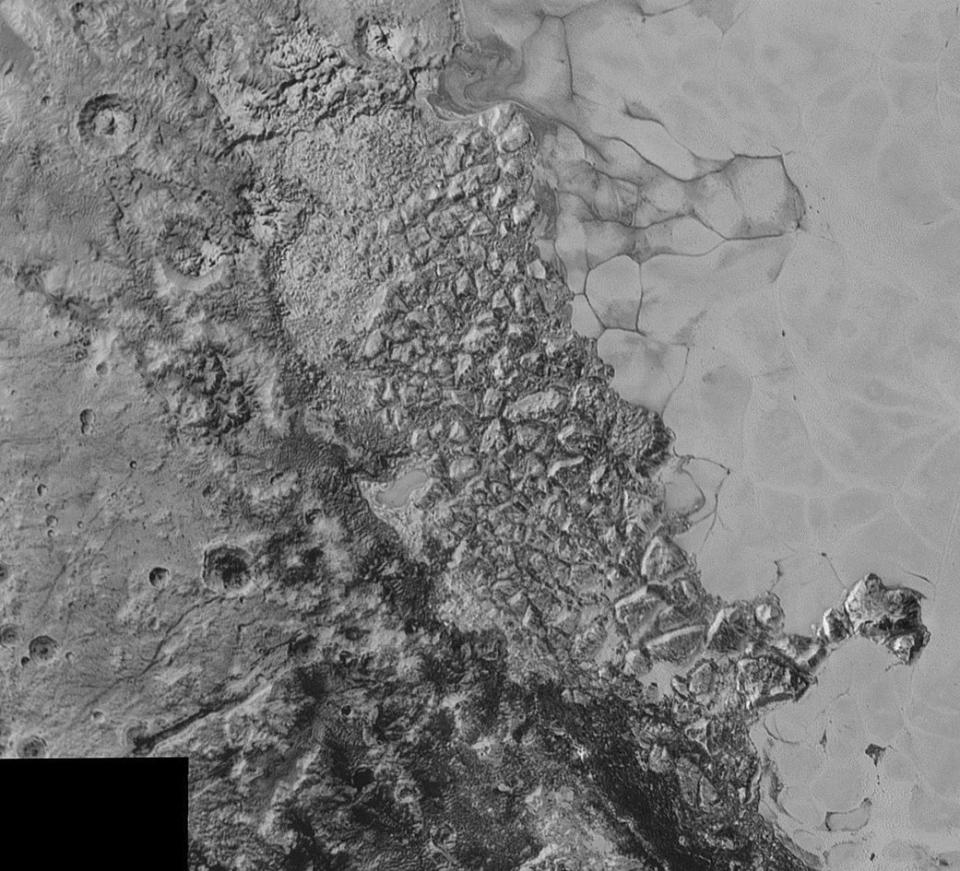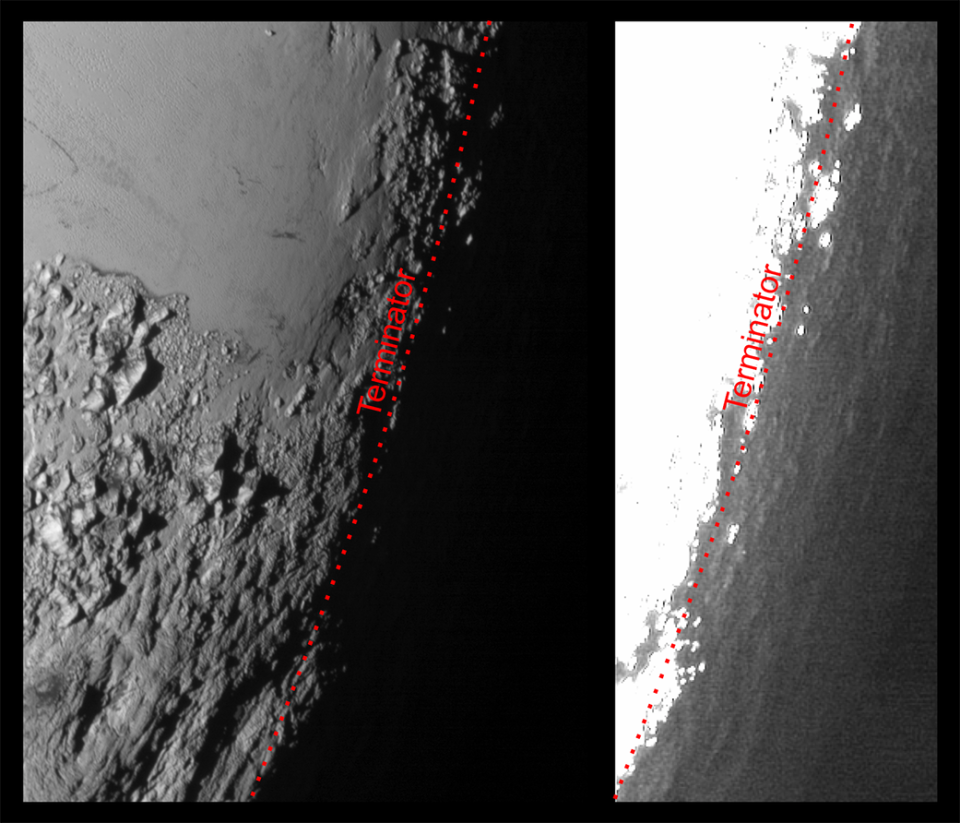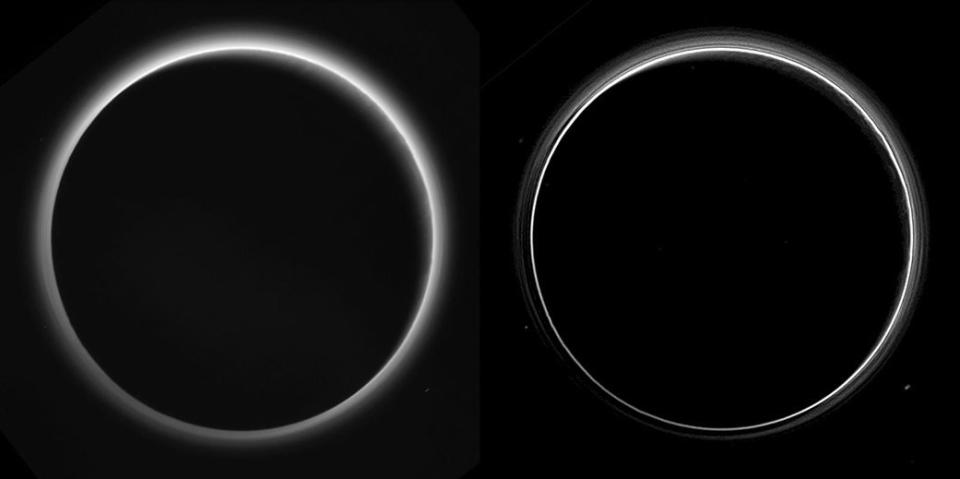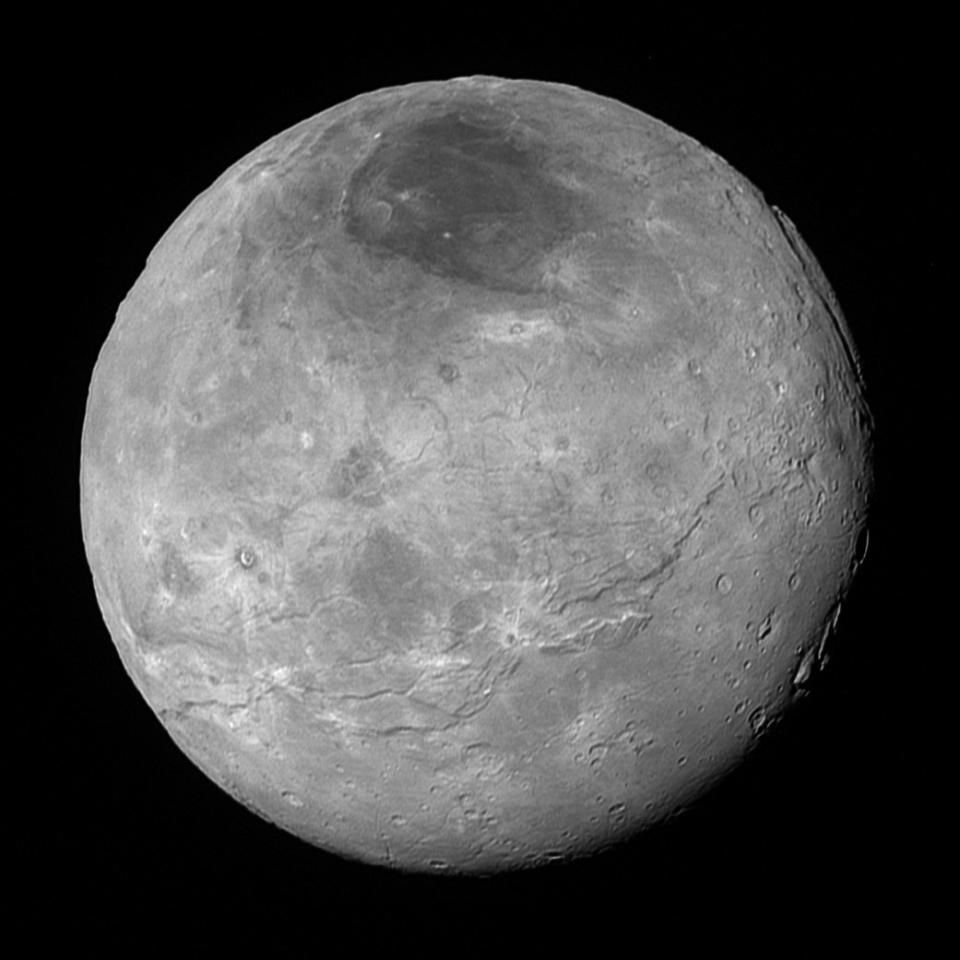NASA Has A Bit Of A Nazi Problem With Its ‘Ultima Thule’ Name
In visiting an object 4 billion miles from Earth on Jan. 1, NASA took humans to the farthest object they’d ever been to, reaching a mysterious frozen world with a man-made craft and adding another bright passage to annals of human history.
In naming that distant object “Ultima Thule,” NASA also tapped into one of human history’s darkest passages. The term, which dates back to ancient Greece and Rome, refers to a frigid “place beyond” the lands that the West had explored at the time, and was later co-opted by the Nazis to refer to the mythological birthplace of the Aryan race.
Today’s neo-Nazis and far-right extremists still use the term. There’s a Swedish skinhead group called Ultima Thule that once had three albums on the country’s top 20 charts, according to Canada’s Globe and Mail; and as Newsweek points out, the 20th century philosopher Julius Evola, a favorite among “alt-righters” like Steve Bannon, used the term.
The average Joe wouldn’t necessarily know that Ultima Thule has a Nazi connection — but neo-Nazis would. And NASA reportedly knew too.
According to Newsweek, the folks who named Ultima Thule knew its history and what imagery it might evoke; NASA’s legal team was even included in the process.
“The question we looked at very closely was whether this was a primary association,” Mark Showalter, an astronomer at the SETI Institute whose work on the NASA mission included leading the naming process, told Newsweek. “The primary association of Thule and Ultima Thule are with travel and exotic places and cold places ― it’s associated with travel gear, it’s associated often with distant places in Greenland.”
In Showalter’s telling, Ultima Thule has a pretty cool history: It represented what ancient mapmakers couldn’t fully articulate on paper; the mysterious and frozen north, the Arctic, a land wholly unexplored by Western civilization.
It was sometimes identified with Iceland or Greenland or, in the late 19th century, Norway. It also shares a name with a U.S. air base in Greenland called Thule, as well as the Swedish company Thule, which makes outdoor travel gear.
Plus, Showalter himself didn’t choose the name. Ultima Thule was chosen from among 37 candidates after a popular vote was held last November and December.
But regardless of the term’s “primary association,” critics say NASA might have reconsidered using a term with present-day currency among neo-Nazis.
“To recap: If you know a name has ties to Nazi mythology it is absolutely not acceptable to name your publicly funded research after it, anyway,” wrote FiveThirtyEight science reporter Maggie Koerth-Baker on Twitter. “There are lots of names.”
NASA announced on Twitter that its New Horizons spacecraft flew by Ultima Thule in the early hours of New Year’s Day. The object, first spotted by NASA’s Hubble Telescope in 2014, is potentially made of two bodies. We won’t know exactly what it is until New Horizons’ data can be fully analyzed.
In the early hours of New Year’s Day, @NASANewHorizons flew past #UltimaThule, an object located in a region of primordial objects 1 billion miles past Pluto. Join us live from @JHUAPL today at 2pm ET as we explore the latest science from the spacecraft: https://t.co/oJKHgKpQjH pic.twitter.com/6IMiS0XGNt
— NASA (@NASA) January 2, 2019
New Horizons is also known for its Pluto flyby and the incredibly detailed photos it sent back.
Also on HuffPost

A synthetic perspective image of Pluto based on high-resolution imagery that shows that dark "Cthulhu" region at the bottom along with the large icy plains of the Sputnik Planum.





Two images showing Pluto's haze layers. NASA says: " The left version has had only minor processing, while the right version has been specially processed to reveal a large number of discrete haze layers in the atmosphere. In the left version, faint surface details on the narrow sunlit crescent are seen through the haze in the upper right of Pluto's disk, and subtle parallel streaks in the haze may be crepuscular rays- shadows cast on the haze by topography such as mountain ranges on Pluto, similar to the rays sometimes seen in the sky after the sun sets behind mountains on Earth."

Love HuffPost? Become a founding member of HuffPost Plus today.
This article originally appeared on HuffPost.

